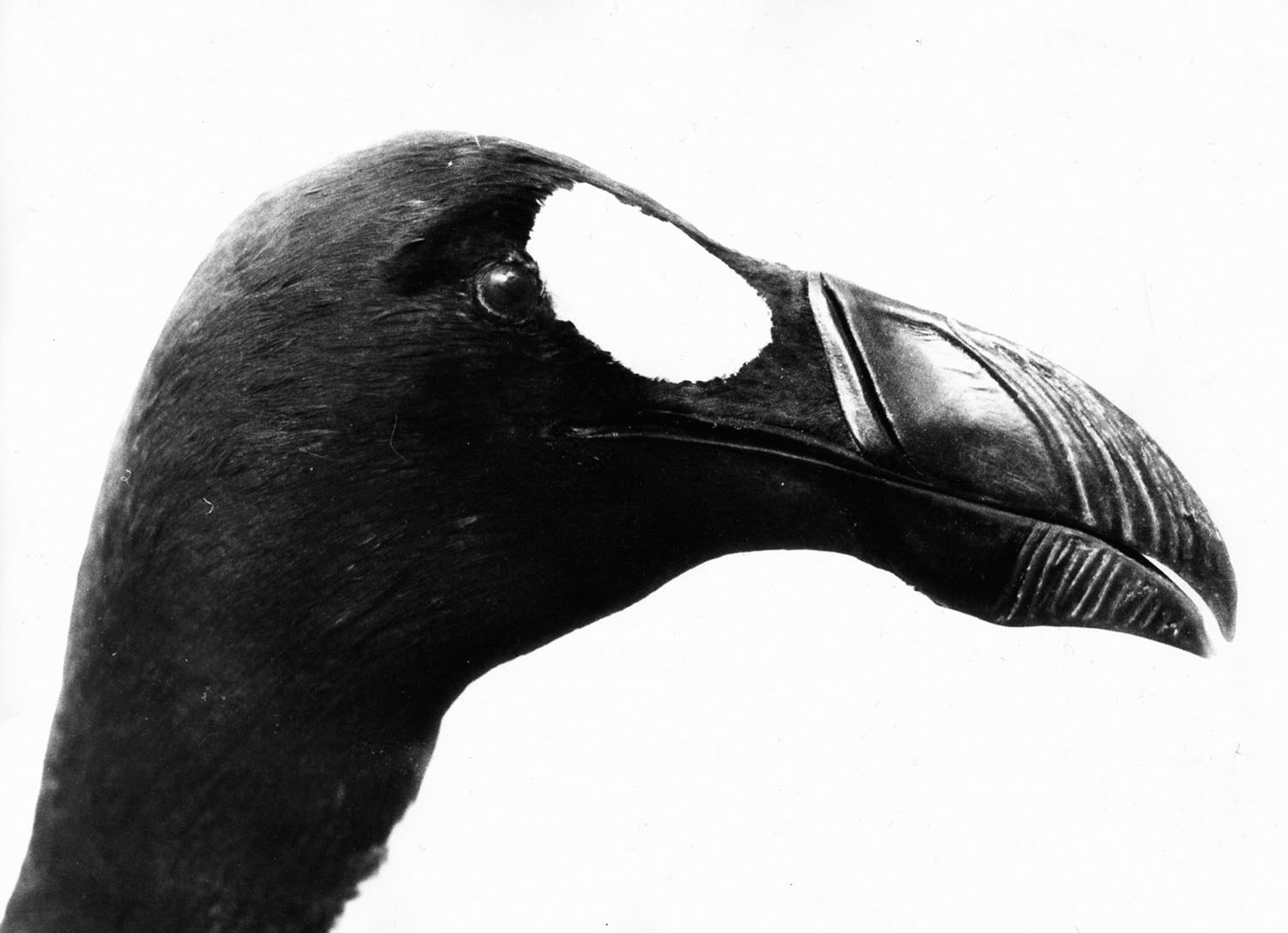Jochen Lempert's exhibition "Fieldwork" at the Izu Photo Museum has an ageless feel to it. The intentionally low contrast pictures of wildlife and natural phenomena almost look like they could be archive photos unearthed from the mid-19th century. However, they also have the cool nonchalance of 1970s conceptual art. This ability to straddle and connect the seemingly disparate is a key point in Lempert's work, and is possible through a careful attention to the details of presentation.
The British inventor of photography William Henry Fox Talbot (1800-77) titled the world's first commercial book of photographs "The Pencil of Nature," and this could also describe the unifying muted gray tones and subdued authorial voice that Lempert uses to encourage us to consider what is being looked at and why, rather than focusing on the aesthetics or drama of individual prints. The behavior and qualities of leaf-cutter ants, deer, migrating birds, water, air and occasionally people are observed and juxtaposed in imagery that draws on the Lempert's background in biology and his investigation of life and matter.
In one photograph Lempert's presents a cyanotype of an algae specimen by British botanist and photographer Anna Atkins (1799-1871). Lempert shows the originally white-and-blue silhouette — created by exposing a botanical sample on a sheet of sensitized paper to sunlight — being displayed on a computer monitor. Lempert's image is in black and white, back-to-front, and reversed tonally, thus showing Atkins' algae as a positive image. It's a sotto voce jump across time and technology similar to, but less operatic than Stanley Kubrick's famous match cut of a femur turning into a space satellite in "2001: A Space Odyssey."

















With your current subscription plan you can comment on stories. However, before writing your first comment, please create a display name in the Profile section of your subscriber account page.